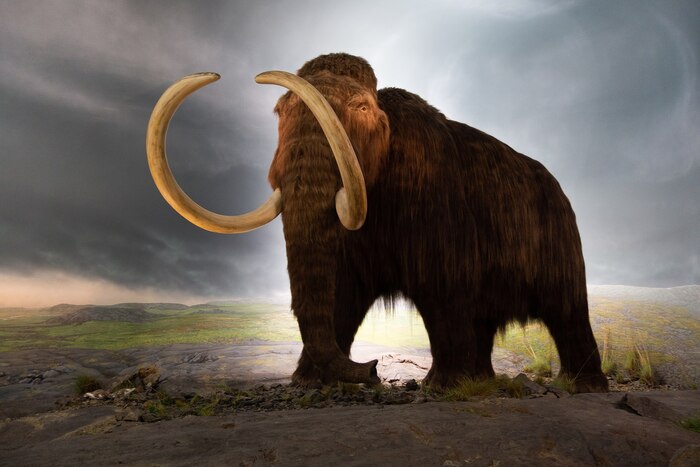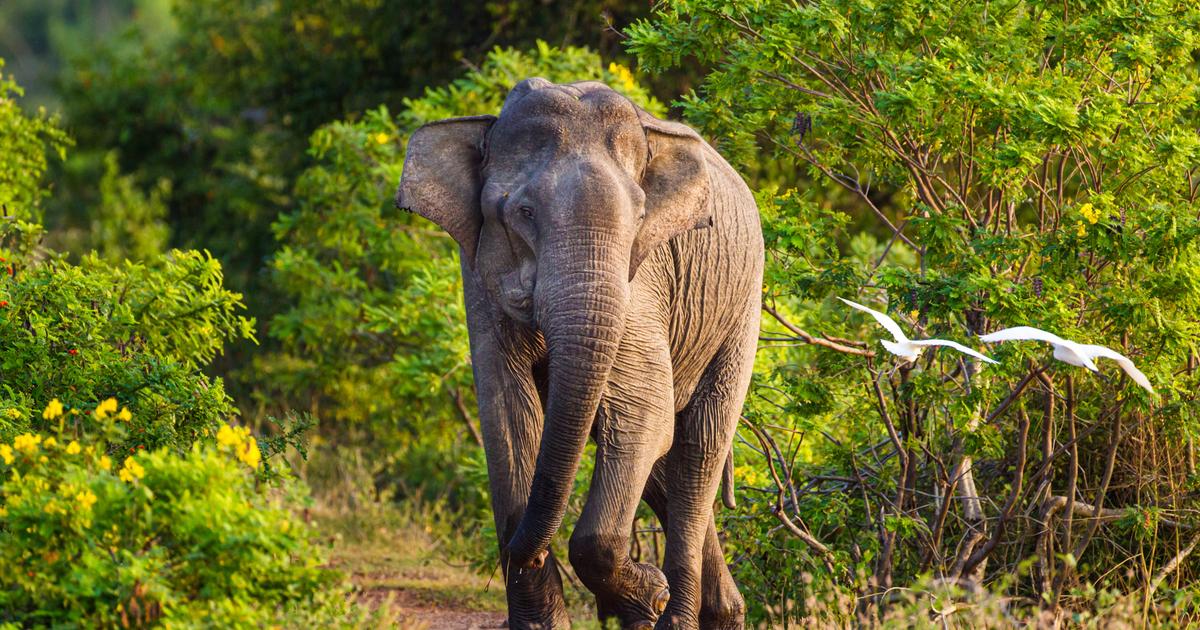The fossilized remains of a mammoth calf found in Canada's Yukon region in June 2022. Dan Shugar/University of Calgary
The Yukon is known as a land of adventures and mysteries.
Last Tuesday, in the Canadian territory, an exceptionally well preserved baby woolly mammoth was found by a gold miner.
“[She] is beautiful and one of the most incredible mummified ice age animals ever discovered in the world,” paleontologist Grant Zazula said in a government statement issued last Friday.
The remains were found under permafrost in a gold mine south of Dawson City, on the Canadian border with Alaska.
It is the first such discovery in North America and the second in the world, after a similar specimen was found in Siberia in 2007. The calf is a female measuring 140 cm in length.
Experts believe she was between 30 and 35 days old at the time of her death.
They also calculate that the body has been preserved for over 30,000 years.
Woolly mammoths became extinct about 4,000 years ago.
A mine worker who was carrying out excavation tasks found the animal's remains.
His supervisors contacted the authorities of the Yukon and of Trʼondëk Hwëchʼin, the indigenous community where this gold mine is located, and a team of geologists and paleontologists traveled to the area to take over the work.
Speaking to the Canadian public broadcaster
CBC
, Grant Zazula said that experts found a piece of the animal's intestine covered in grass.
“That's telling us what she did the last moments of her life de ella,” he said.
Zazula and the other researchers believe the mammoth was probably a few steps from her mother, but she ventured out to eat grass and drink water and got stuck in the mud.
“That event, from getting trapped in the mud to burial was very, very quick,” he added.
The mammoth has been given the name Nun cho ga, which means “big baby animal” in the local language.
“We're all quite excited including the elders and a lot of the staff and members,” said Debbie Nagano, the indigenous group's Director of Heritage.
The calf was taken to a nearby location where a traditional ceremony was held with the participation of miners, politicians and scientists.
The fate of the remains has not yet been decided.
The Yukon is known for being extremely fertile ground for finding Ice Age animals.
In addition to wooly mammoths, researchers regularly discover remains of steppe bison and ancient specimens of squirrels, horses and wolves, among other species, dating between 10,000 and 100,000 years old.

/cloudfront-eu-central-1.images.arcpublishing.com/prisa/TXTEXFR5RFCTNB7AWOFZWQZB2Y.jpeg)







